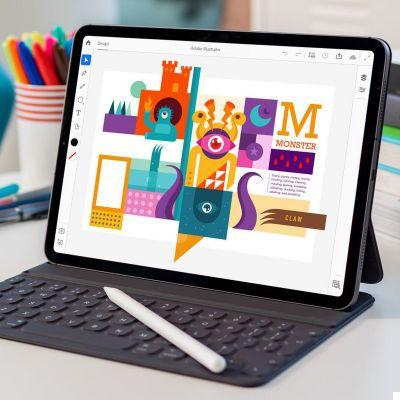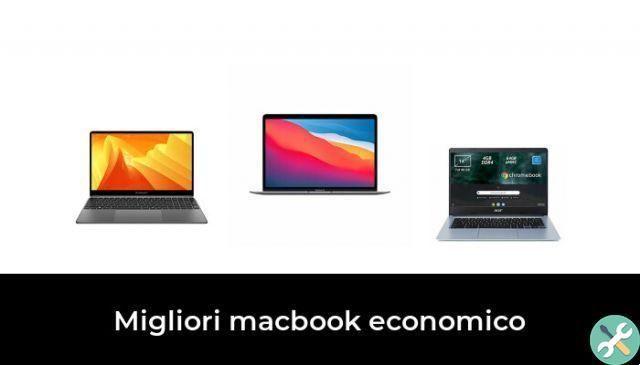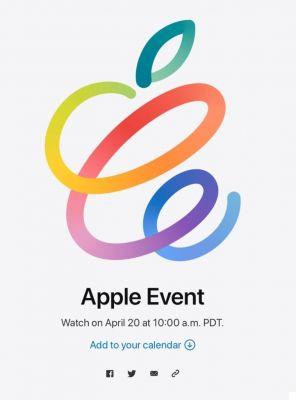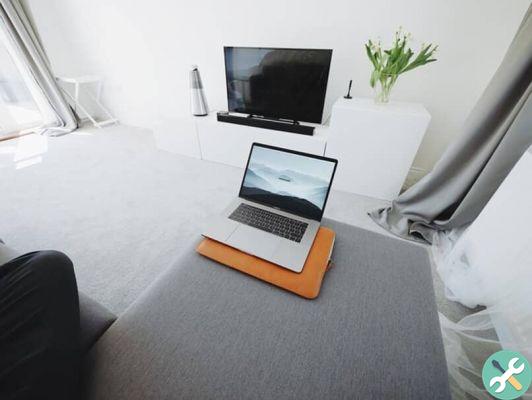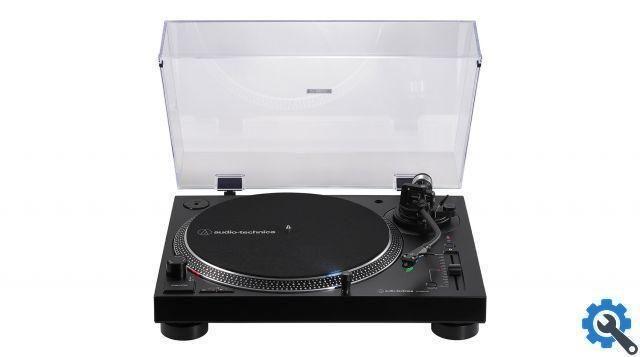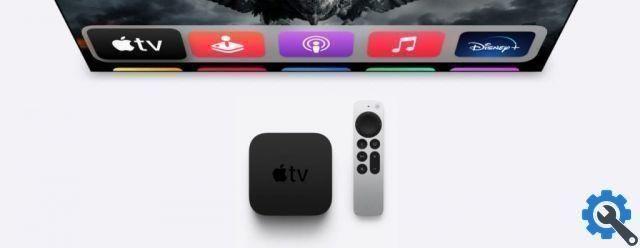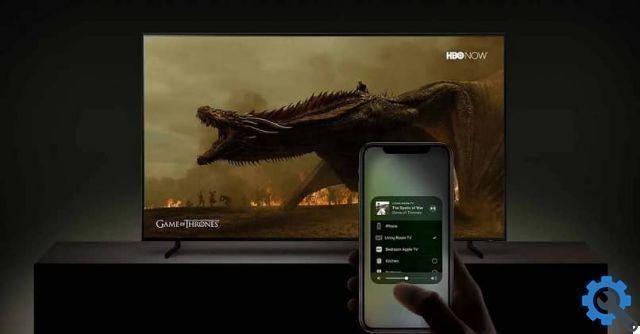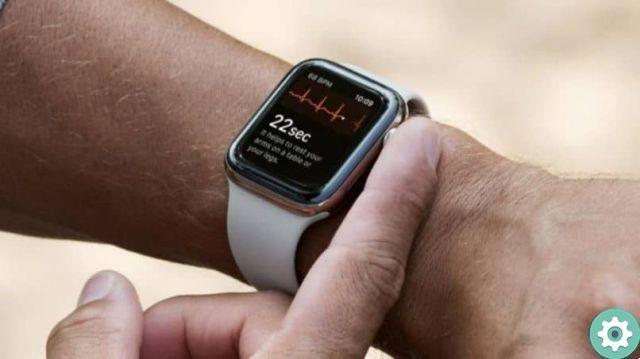As defined in the dictionary, a periscope is an optical instrument that allows anyone to see around an obstacle without being seen.
It typically includes reflective mirrors or prisms that refract light at the optimal angle, allowing you to see what's above or below your line of sight. Periscopes have been used in submarines or tanks for decades.
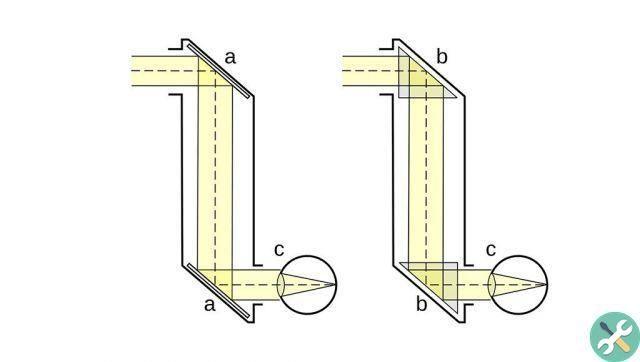
Known as 'periscope lenses' or 'folding lenses' the idea is to increase the space a lens can take up in a limited area. It's the same principle as the submarine periscope, but it uses the principle to alter the path of light inside a smartphone.
Instead of placing the camera sensor at the bottom of the smartphone, the idea is that the sensor can be placed on its side within the limited space of the phone's thickness. In the rush for phones to get thinner, there's little to do in depth, but you can move the elements around to free up more space (height) of the device.
Normally the lenses are placed in front of the camera sensor, but when using a prism or mirror to direct the light through a gap on the back of the phone, it could be said that the camera is taking the photo from behind a corner, so to represent it .
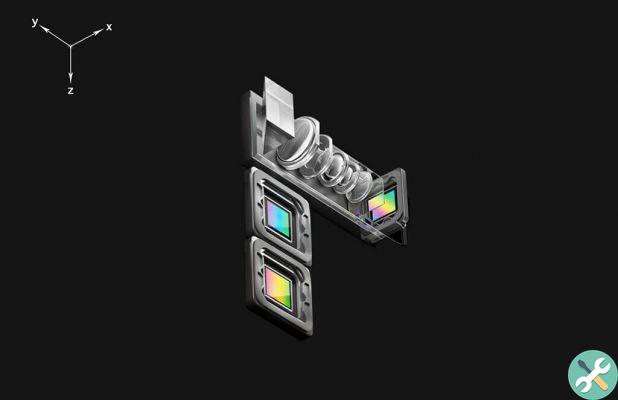
To understand the role of the periscope inside the camera module, it is necessary to view the smartphone in 3D space with the different axes represented by the letters X, Y and Z. The smartphone screen is positioned in the YZ plane, while its thickness is measured along the X axis. Traditional camera sensors and accompanying lenses are also located in the YZ plane, perpendicular to the Z axis.
In the case of a periscope arrangement, however, the sensor and lens are positioned in the XZ plane and intersect the Y plane at right angles. Finally, in front of the camera sensor, the prism that changes the direction of the light is placed perpendicular to the sensor. Using a right angle prism is why periscope cameras have square or rectangular lens cutouts instead of traditional circular ones.
Since the system allows you to establish the distance between the sensor and the reflective element, this means that there is more freedom to use different lenses than those normally used in smartphones. This, combined with the increased space that allows for a wider arrangement of element distances, means that designers can create optimized lens groups for this arrangement.
Since there is more room to play with the lens elements, it could also be possible that manufacturers have included the possibility that the elements are interchangeable. This would allow the lenses to offer more control over where the camera focuses and allow for even greater zoom effects.
Now that we've explained the concept, it's probably easier to show a demonstration provided by Samsung on how to connect a periscope camera to a mobile phone.
First steps in using periscope lenses on phones
Apple will not be the first to propose a smartphone with a periscope camera, if it ever uses it in future models (we are talking about the 2022 model), since some competitors have already sold models that use this technology.
Huawei was one of the first to sell a smartphone that used a periscope camera, the P30 Pro, which incorporated what they called a SuperZoom lens. This novelty allowed Huawei to present a 10x hybrid zoom and boasted that some images could be made using a 50x zoom.
Smartphone makers call it "hybrid zoom," the combination of optical zoom and digital zoom. That is, an image uses optical zoom as much as its lenses allow, and then that image is magnified via software.
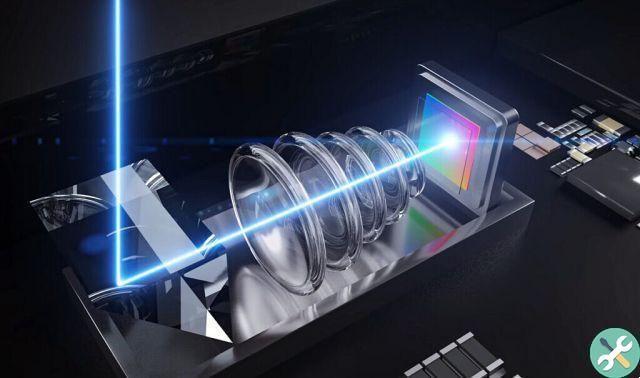
Samsung launched its Galaxy S20 Ultra in February 2020, with what they called "Space Zoom," in which a periscope lens system was combined with a 48-megapixel sensor.
This phone enabled 4x optical zoom and 10x hybrid zoom with no loss of quality and 100x digital zoom.
Of course, these advances or news have been of little use to them when it comes to selling more devices, as Apple's leadership remains unscathed.
Difference between a periscope camera and a telephoto camera
Telephoto cameras are those that allow optical zoom with or without a moving part. Conversely, a periscope camera is basically an extension of the standard camera. In addition to the difference in orientation, telephoto or periscope cameras are distinguished by the way the camera opens. In fact, the rectangular opening of the periscope camera allows you to easily differentiate them from other types of cameras. Standard telephoto lenses, on the other hand, use circular apertures and cannot be differentiated with the naked eye.
Given the greater number of lenses used in a periscope setup, a telephoto lens has a longer focal length. Finally, neither is compatible with a variable focal length, although some future modifications may achieve this.
Pros and cons of the periscope camera
While we have already discussed the advantages of the periscope camera design, it also has its limitations. Let's summarize them:
Partners
Its main advantage, as we said, is that it allows you to capture a distant object or scene in the same quality as a normal camera without the lens having to move.
The perpendicular orientation of the periscope allows it to be positioned inside the body of the mobile phone without affecting its thickness.
Auto stabilization allows for a reduction in image noise compared to using digital zoom.
The periscope camera is perfect as a macro lens, even without having to get too close to the subject.
Cons
Its main limitation is that its focal length is limited.
Another downside is that as focal length increases, the field of view narrows and the camera aperture is smaller than that of the main camera (assuming the same lenses are used on both cameras).
With a smaller aperture, the amount of light entering the sensor is reduced, increasing the ambient lighting requirements. As a result, photos taken with a periscope camera are very dark or artificially overexposed compared to a main camera with a much wider aperture.
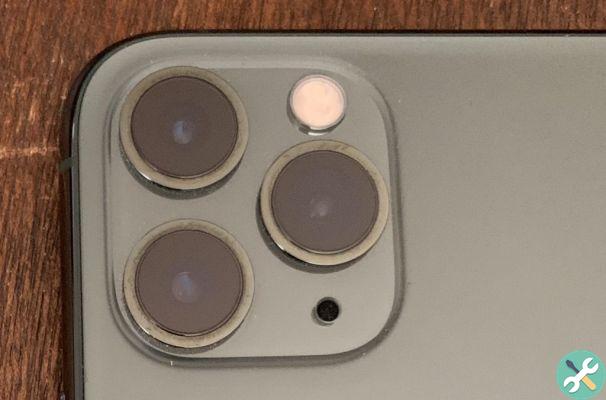
An improved zoom on the iPhone?
At the moment, it looks like Apple has no plans to include a periscope zoom in the next version of the iPhone, although it looks like there won't be much else to wait for.
A report by analyst Ming-Chi Kuo in November 2020 feeds the idea that Apple will offer such a system in the 2022 model. However, in March 2021, Kuo revised his forecast to 2023.
In November 2020, there were rumors that Apple was looking for a "foldable camera" supplier for future iPhone models. It was supposed to be for the three camera set, where one would use zoom technology.
In December 2020, other reports pointed out that Apple partner LG InnoTek may attempt Samsung to purchase triggers and lenses for creating foldable camera modules. These modules would be destined for future iPhone models.
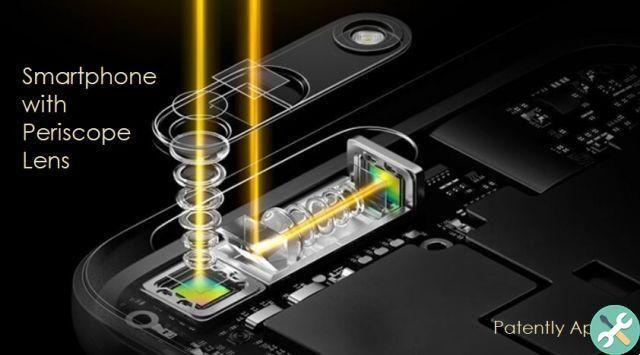
Of course, Apple has registered more patents in this field. One appeared in January 2021 that suggested using an actuator to move lens elements with a folded camera system, which could offer optical image stabilization and autofocus.
Of course, periscope lens development is not to be used on iPhones or iPhones only. The alleged "Apple Car" could use the lenses to power its environmental sensing systems. The ability to manage how camera and lens systems are built could allow Apple to create image sensor arrays that could be incorporated more integrated into the vehicle's chassis.
In any case, Apple's interest in a technology, let's not talk about if it is used by a commercial product, such as the periscope lens, presupposes its definitive validation, and will cause the rest of the manufacturers to start incorporating versions of different qualities in the their products to try to "look like" the iPhone, the Apple Car or wherever Apple uses it.
If we take into account the advances in computational photography that Apple makes year after year, the zoom increase provided by the periscope camera will allow a new stage in photography with the iPhone.






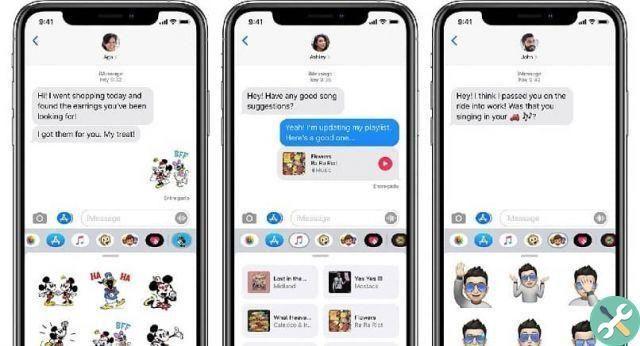



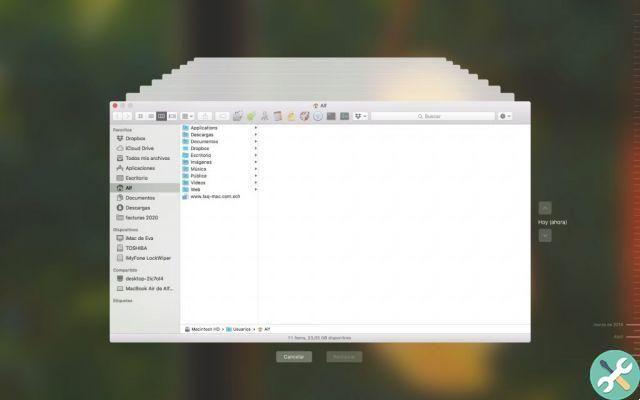
![Google also wants your Apple News [Updated] [2]](/images/posts/943dc0d8f28fcc4bc16fa30ed6d71f6a-0.jpg)

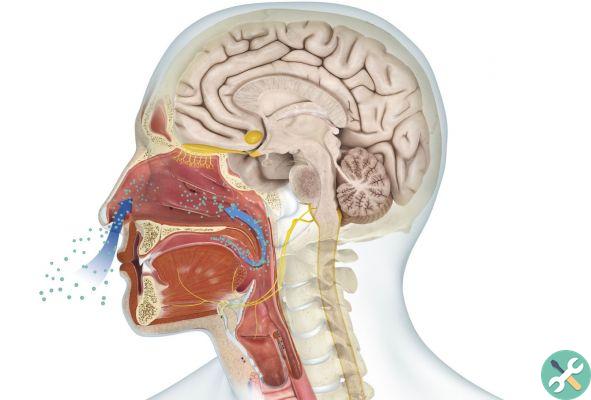
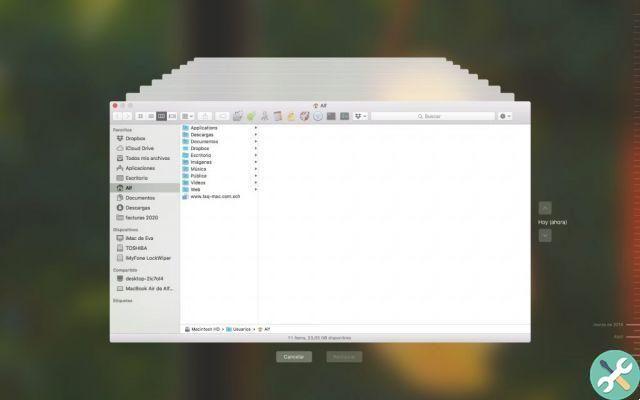

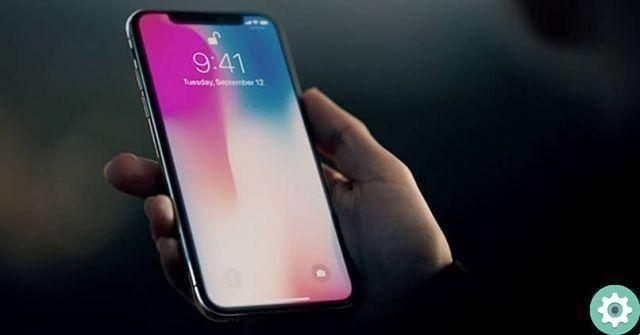
![Apple Vice Presidents Talk About Development of M1 for Mac [Updated]](/images/posts/c6254b668e5b3884d6b6338ccb8a02ff-0.jpg)
